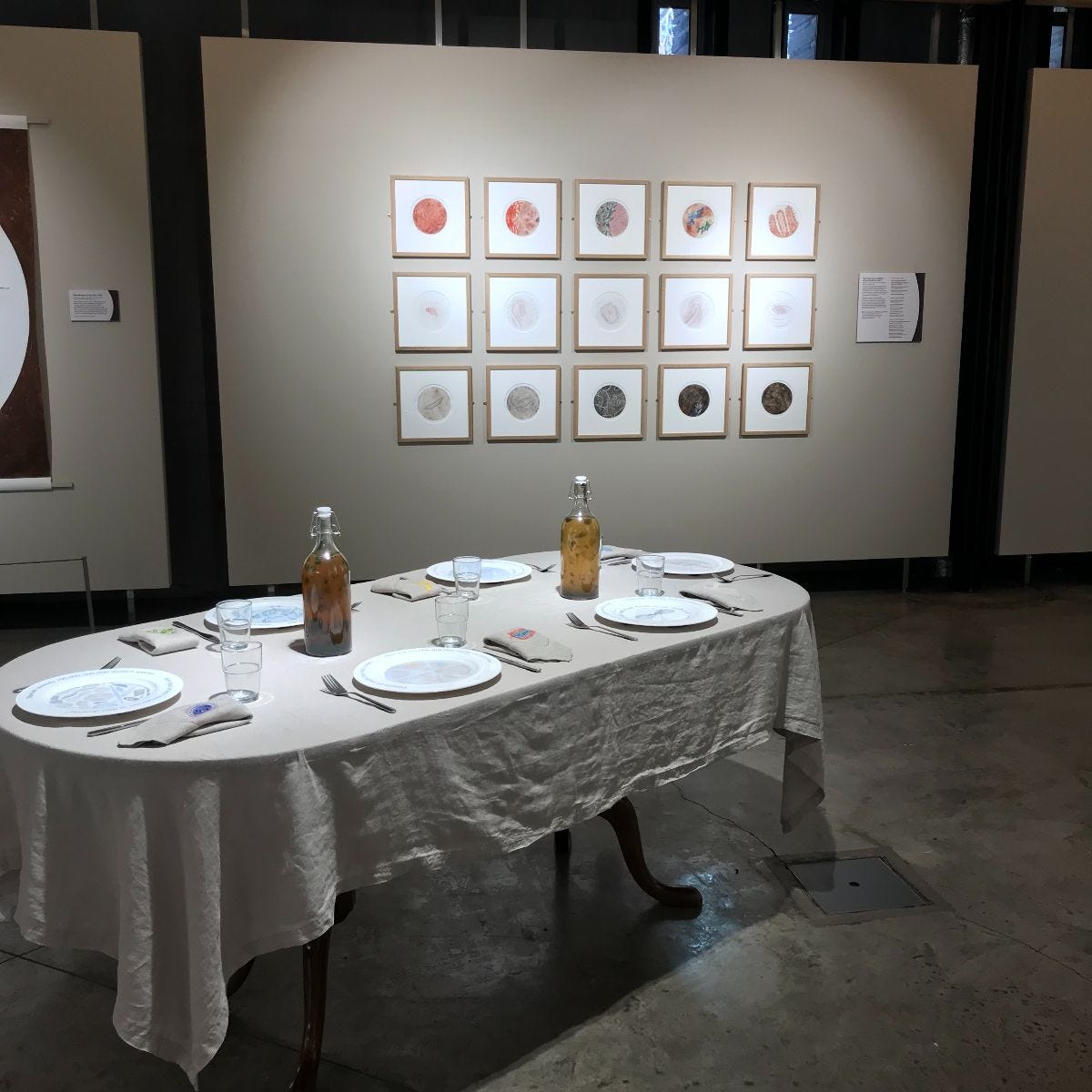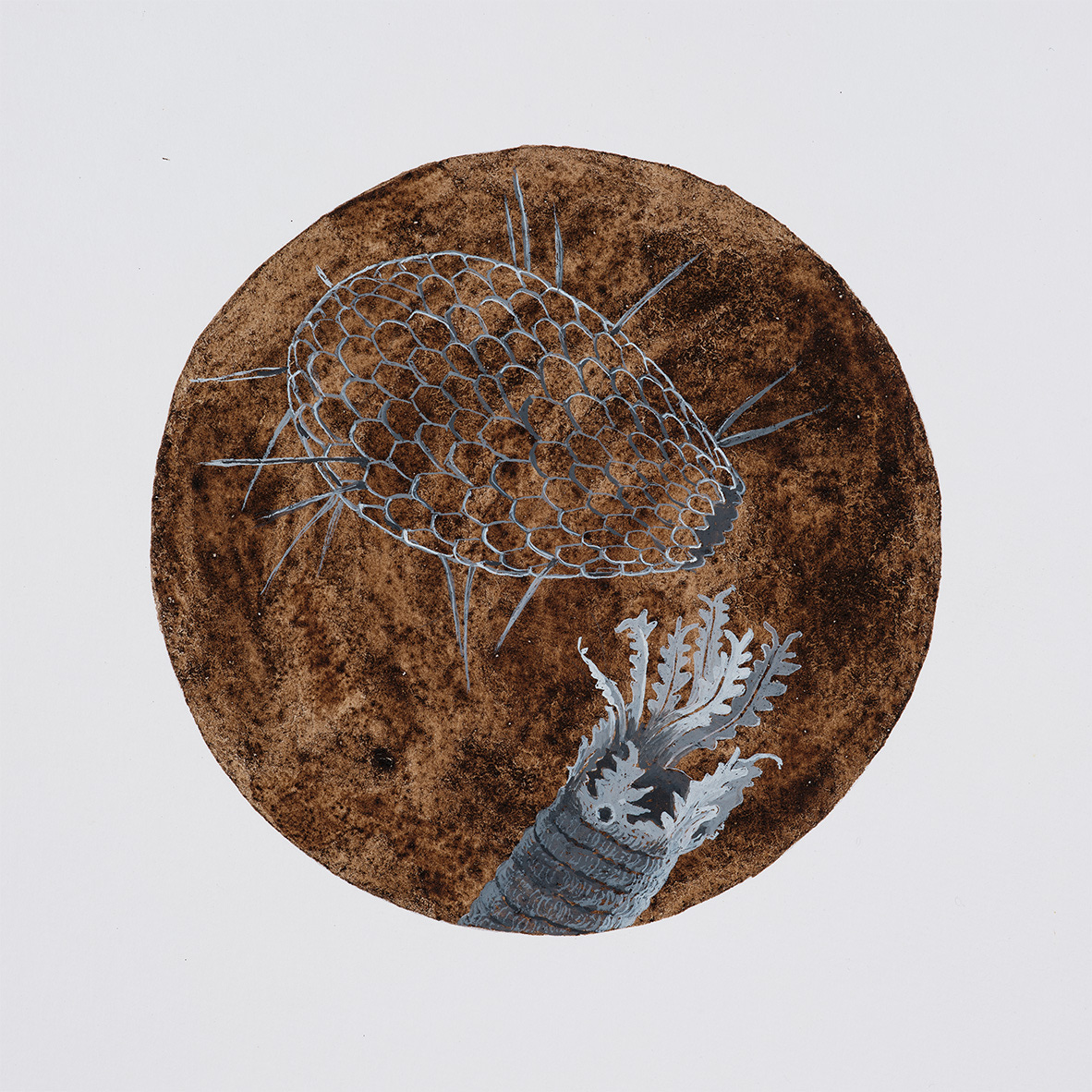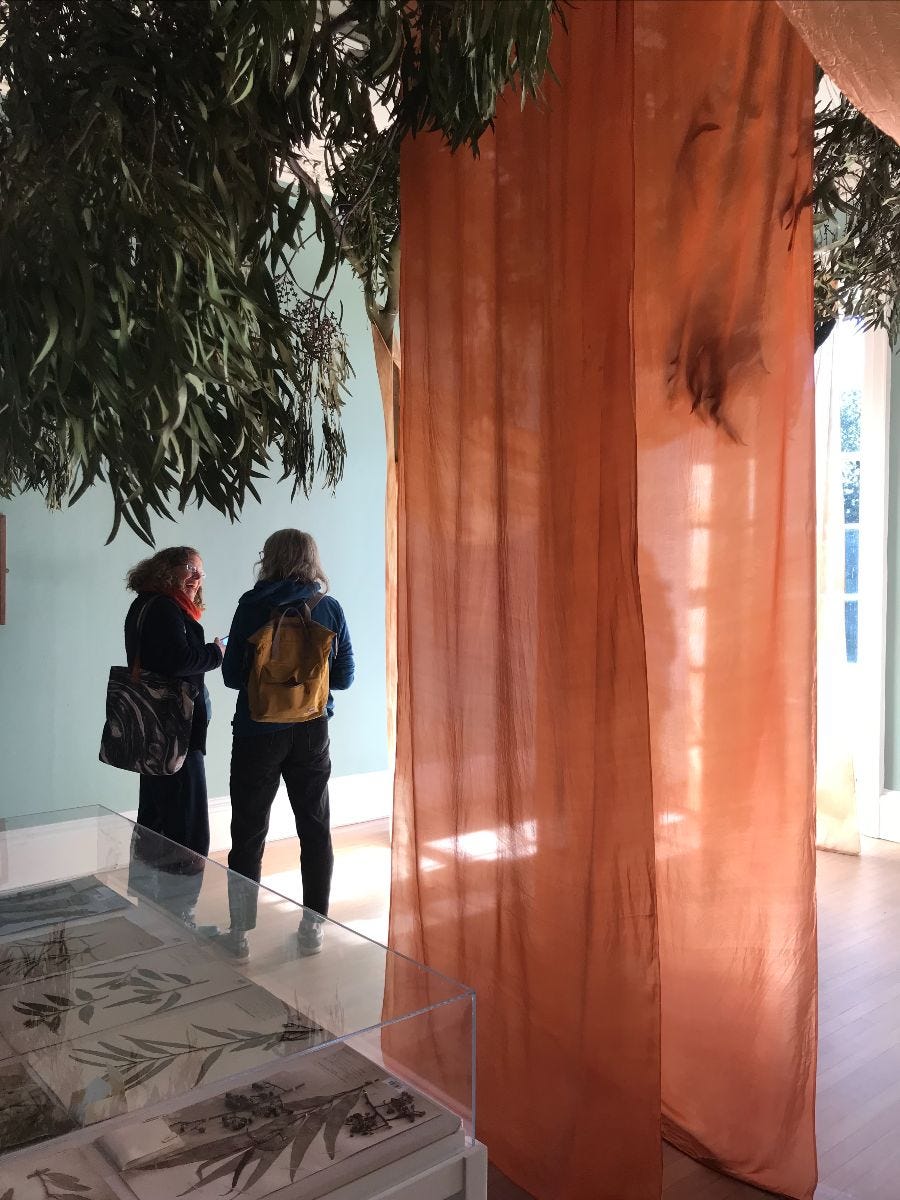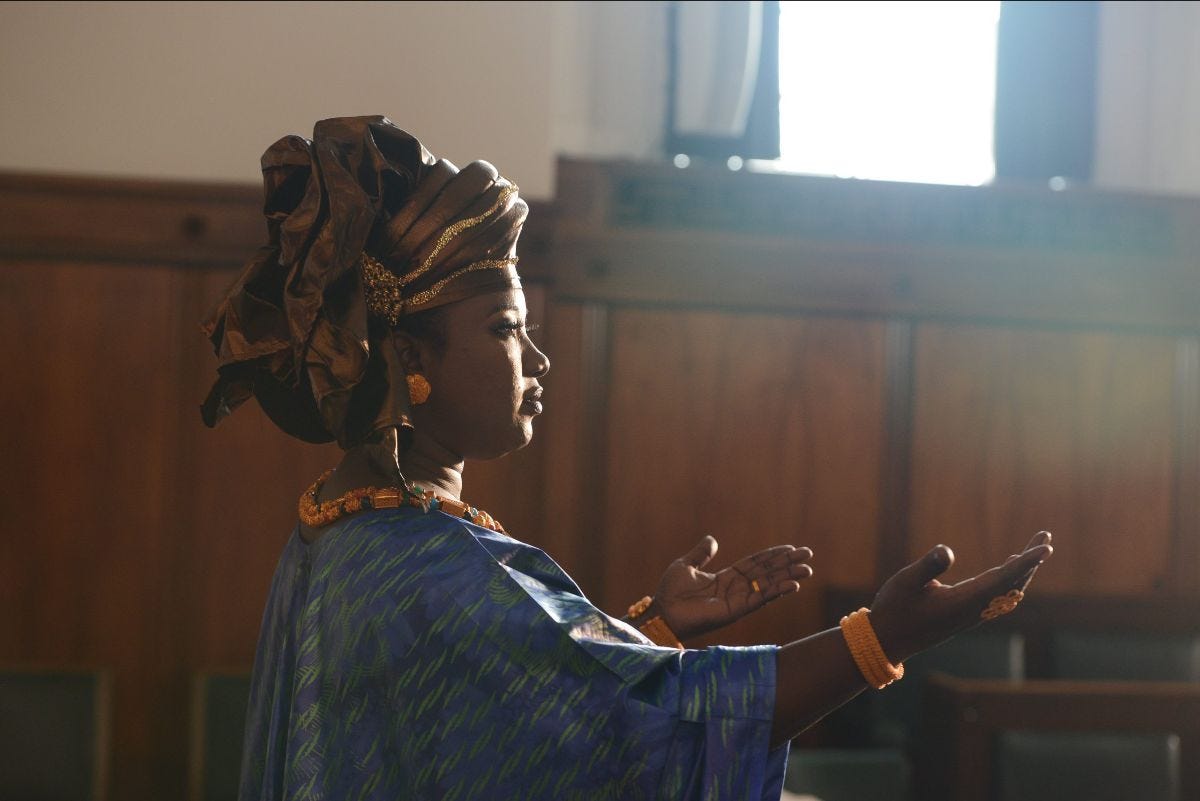Last week I spent a few days back in Edinburgh. I lived and worked there for more than thirty years. It’s the city I moved to at the tender age of seventeen to study at art school and one I still love very much. It’s where I grew into myself, made lifelong friendships, became an artist, and met many other artists as colleagues or students through Edinburgh College of Art, Edinburgh Printmakers Workshop or Edinburgh Sculpture Workshop. Edinburgh is big enough to feel like a city, but small enough to sometimes feel like a village.
It’s been seven years since I moved away, and, what with the pandemic, work, and settling into life here Orkney, I haven’t been back nearly as often as I thought I would. So it was a real joy to walk those long-familiar streets again, and to meet up with so many old friends along the way. And I’m grateful to everyone who showed up to the Birch Tree Gallery for my exhibition and talk. It felt very convivial, and I know I am incredibly fortunate in having a wide network of creatively active, generous and supportive friends. [The exhibition is on until 22nd April so you have a couple more days to get along.]
More smiley artists than you can shake a stick at! Andrea Geile, Elaine Allison, Kate Downie, Ailsa Magnus, Pat Bray, Duncan Robertson, me, Taylor Wilson (singer) with James Pittendrigh, and Morag Thomson Merriman at Birch Tree Gallery
Nobody is creative in a vacuum. Musician Brian Eno coined the word ‘scenius’ as a challenge to the notion of the lone creative ‘genius’ working in glorious solitude. ‘Scenius’ recognises that creativity happens within an ecosystem, not in a lonely garret.
In his book “Show Your Work” artist and writer
“If you look back closely at history, many of the people who we think of as lone geniuses were actually part of a whole scene of people who were supporting each other, looking at each other’s work, copying from each other, stealing ideas, and contributing ideas.
What I love about the idea of scenius is that it makes room in the story of creativity for the rest of us: the people who don’t consider ourselves geniuses. Being a valuable part of a scenius is not necessarily about how smart or talented you are, but about what you have to contribute—the ideas you share, the quality of the connections you make, and the conversations you start. If we forget about genius and think more about how we can nurture and contribute to a scenius, we can adjust our own expectations and the expectations of the worlds we want to accept us. We can stop asking what others can do for us and start asking what we can do for others.”
This sense of creative community is something that many of my coaching clients tell me they feel they lack. Working on your own, without the support or understanding of those around you is incredibly hard, even for an introvert. But it’s also true that no matter where you live or who you know personally, there are still ways to connect with that wider sense of creative community. We are all standing on the shoulders of giants and do our own work within a continuously re-woven fabric of all the art we have seen, the books we have read, the films we have watched, the music we’ve listened to, the conversations we’ve had, and, if we are lucky, the creative friendships we have made. I look along my bookshelves and see the names of friends who lived and died many years ago, or who I know I’ll never meet in person but who have been a valued part of my life nonetheless, through their words or their art.
‘Scenius’ recognises that creative ideas are not generated out of thin air. They emerge from this ecosystem, and a big part of staying creative is continually taking in what is around us, looking, reading, and listening as much as possible. This takes so much pressure off. We don’t have to be anything terribly special or do anything remarkable. Our job is to collect good ideas, to soak them up, let them shape us, and to understand ourselves and our work as part of this long creative lineage.
So while I was in Edinburgh, as well as seeing friends and family I also spent a good deal of time seeing good art.
Three highlights for me were:
Natalie Taylor’s exhibition Living Soil, in the John Hope Building at the Royal Botanic Gardens of Edinburgh, shows us how intimately we depend on the complex community of bacteria, micro-organisms and mycorrhiza in our soils, and how endangered our soils are globally. Through delicate drawings, expansive participatory projects and an elegant installation, Living Soil invites us to consider just how closely our own health is linked to that of the soil in which our food is grown.
Natalie Taylor “Living Soil” exhibition at John Hope Building, RBGE
Natalie Taylor, “Beneficial soil microbes: Protozoa and bacterial nematode” soil, watercolour, water, binder
A short walk away, in Inverleith House, Keg de Souza’s installation Shipping Roots explores the colonial histories of plants and seeds in a beautiful and richly researched installation that bears careful examination. She tells the story of how the prickly pear was exported to Australia and spread so virulently that by the 1920’s it covered a land mass equivalent to the entire UK, and how many exotic plant seeds were imported accidentally to the UK in fleeces that were brought into the Borders woollen mills.
Enjoying Keg de Souza’s “Shipping Roots’ installation at Inverleith House with two dear artist chums, Anne Bevan and Lindsay Hutchison.
And you can then walk along the Water of Leith path to see Alberta Whittle’s Create Dangerously at the National Gallery of Modern Art. While her work addresses the brutality and harm caused by colonialism, the Transatlantic trade in enslaved people, and the ongoing climate crisis, she approaches this traumatic subject matter with care and compassion, inviting us to imagine more loving and generous ways of being.
Image: Alberta Whittle, Lagareh – The Last Born, (film still – single channel video), 2022, Photographer Matthew Arthur Williams, © Alberta Whittle. Courtesy the artist, Scotland+Venice, and Forma
So I return home to Orkney, feeling all filled up and inspired, ready to enjoy the creative community that’s around me here too.
And what’s more, Spring has arrived!
Wishing you blue skies this week!
Sam
P.S. Coaching place available from May!
I have one slot available for mentoring and coaching starting in May, so if you’d like some company on your own creative journey do get in touch.
Here’s what one recent client wrote:
“I was so pleased to read your feedback. I read it several times over the week.
It was fantastic to have the full attention of someone who was able to pull together such a detailed, holistic overview and give such good advice.
It's given me lots to think about and I've found it has functioned like a call to action.”
And at the end of our work together she summed up:
“It’s been transformational, and I don’t say that lightly. The method of writing to and fro has been amazing. Having someone walking alongside you and encouraging you has been brilliant.”
So if you’d like to have a chat about how I can walk alongside you, do get in touch.







